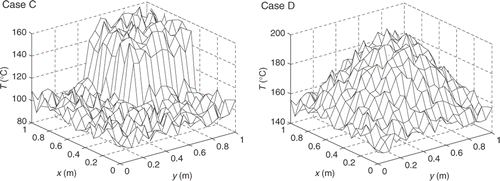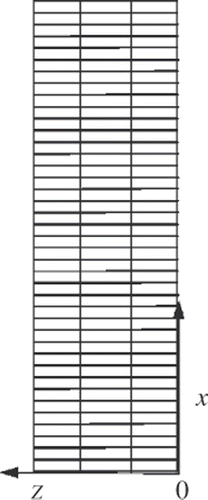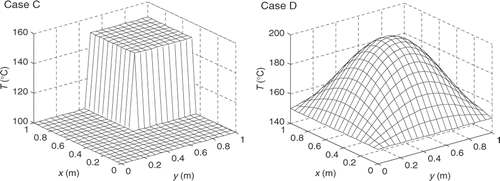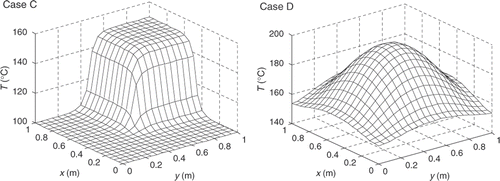Figures & data
Figure 1. The three-dimensional inverse problem to be solved for the temperature distribution Tl(x,y).

Figure 3. Thermal resistance distribution of the one-dimensional heat transfer problem of the plate.
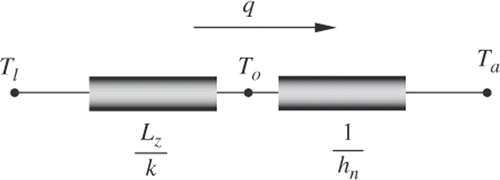
Figure 5. Identification results of the temperature distributions when no measurement error is considered for Case A and Case B (ϵ = 0.001).
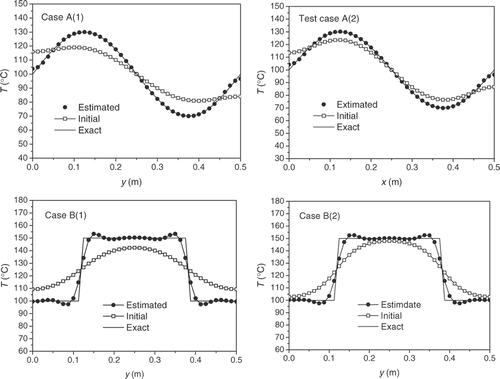
Table 1. Relationship between the measurement error and the ARE of identification results.
Figure 6. Identification results of temperature distributions when random measurement error is considered.
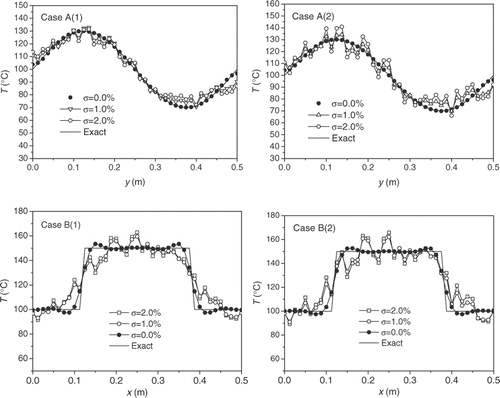
Figure 9. Final identification results of temperature distributions for Case C and Case D (ϵ = 0.001).
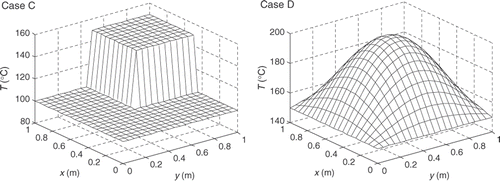
Figure 10. Identification results of temperature distributions for Case C and Case D with random measurement error in consideration (σ = 1.0%).
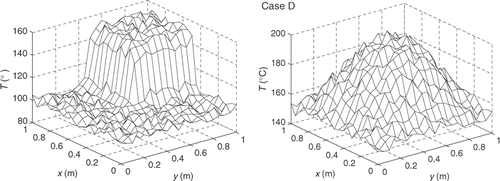
Figure 11. Identification results of temperature distributions for Case C and Case D with random measurement error in consideration (σ = 2.0%).
